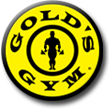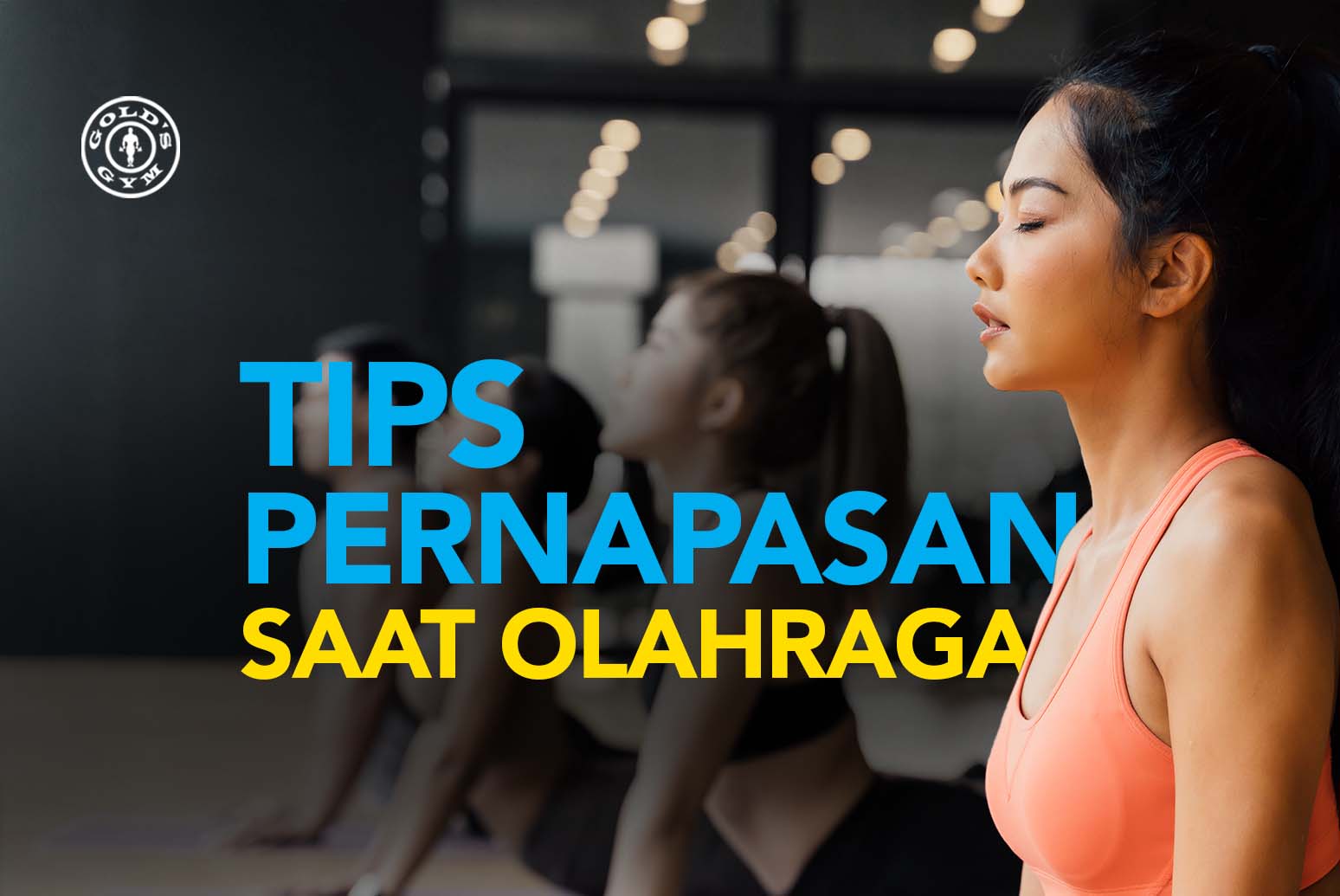The Right Way to Breath for Better and Stronger Exercise
Some people tend to overlook the proper breathing while exercising. In fact, right breathing is important for better exercise. We will talk about how to breathe properly during exercise so that you will feel more comfortable and safer.
Why we breathe faster during higher intensity workout?
When you work out, you will need more oxygen as a source of energy, as well as to get rid of the carbon dioxide. Therefore, when running faster, the body will automatically increase the speed of breathing as well to supply oxygen throughout the body and remove carbon dioxide.
How to breathe properly during exercise?
-
Inhale through the nose, exhale through the mouth.
-
Use diaphragmatic breathing (described below).
-
If you're too tired, avoid bending over by placing your hands on your knees. You should stand up straight and pull your hands behind your head to open the lung cavities so it becomes wider.
-
When you lift weights, exhale when lifting weights (concentric phase) and inhale when lowering weights (eccentric phase).
-
During the plank or isometric exercise, adjust the breathing pace, which is about 4 seconds when inhaling and 4 seconds when exhaling, while still activating your muscle core. Do not forget to maintain posture and spine in a natural position.
-
When you do cardiovascular exercise, try to breathe deeply so that not only the top of your lungs that expand. Make sure to contract the abdominal area.
-
It is not recommended to hold your breath when lifting weights because it will be very dangerous.
Diaphragmatic Breathing
The diaphragm is a muscle that attaches around your lungs and is shaped like a dome. When you take a deep breath, the dome will flatten and compress the abdominal area until it expands. This breathing technique is often called belly breathing.
Most people breathe so shallowly that they don't involve the diaphragm. This can increase risk that causing poor posture. Using shoulder muscles when breathing excessively can result chest and shoulder muscle discomfort that can interfere with shoulder joint movement and spinal stability.
Practice breathing with the diaphragm is simple. Place your finger on your lower rib. As you inhale, make sure this area expands. Use this breathing technique all the time, both when you are practicing and when you are not.
Gold's Gym Mall Ciputra | Gold's Gym Mall of Indonesia | Gold's Gym Thamrin City | Gold's Gym Cilandak Town Square | Gold's Gym Baywalk Mall Pluit | Gold's Gym Kalibata City Mall | Gold's Gym Braga Citywalk | Gold's Gym Cihampelas Walk | Gold's Gym Summarecon Mall Serpong | Gold's Gym Mall @ Alam Sutera | Gold's Gym Bintaro X-change | Gold's Gym The Breeze BSD | Gold's Gym Grand City Surabaya | Gold's Gym Surabaya Town Square | Gold's Gym Grand Metropolitan Bekasi





